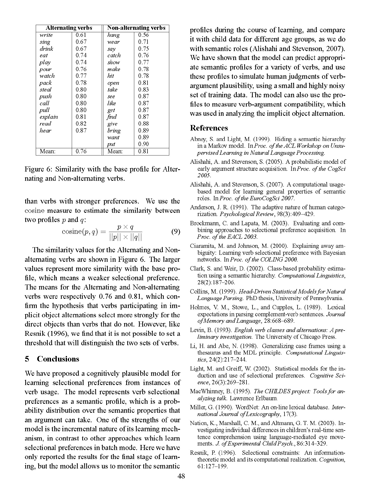

vestigating individual differences in children's real-time sen-
tence comprehension using language mediated eye move-
ments. J. of Experimental Child Psych., 86:314-329.
|
|||
The title of a scholarly article is generally (but not always) an extremely brief summary of the article's contents. It will usually contain technical terms related to the research presented.
The abstract is a brief summary of the contents of the article, usually under 250 words. It will contain a description of the problem and problem setting; an outline of the study, experiment, or argument; and a summary of the conclusions or findings. It is provided so that readers examining the article can decide quickly whether the article meets their needs.
The information is not always neatly outlined at the bottom of the first page; it may be spread across the header and footer of the first page, or across the headers or footers of opposite pages, and for some online versions of articles, it may not be present at all.
Scholarly articles frequently contain charts, graphs, equations, and statistical data related to the research. Pictures are rare unless they relate directly to the research presented in the article.
The body of an article is usually presented in sections, including an introduction, a literature review, one or more sections describing and analyzing the argument, experiment or study. Scientific research articles typically include separate sections addressing the Methods and Results of the experiment, and a Discussion of the research findings. Articles typically close with a conclusion summarizing the findings. The parts of the article may or may not be labeled, and two or more sections may be combined in a single part of the text. The text itself is typically highly technical, and assumes a familiarity with the topic. Jargon, abbreviations, and technical terms are used without definition.
A scholarly article will end with a conclusion, where the authors summarize the results of their research. The authors may also discuss how their findings relate to other scholarship, or encourage other researchers to extend or follow up on their work.
